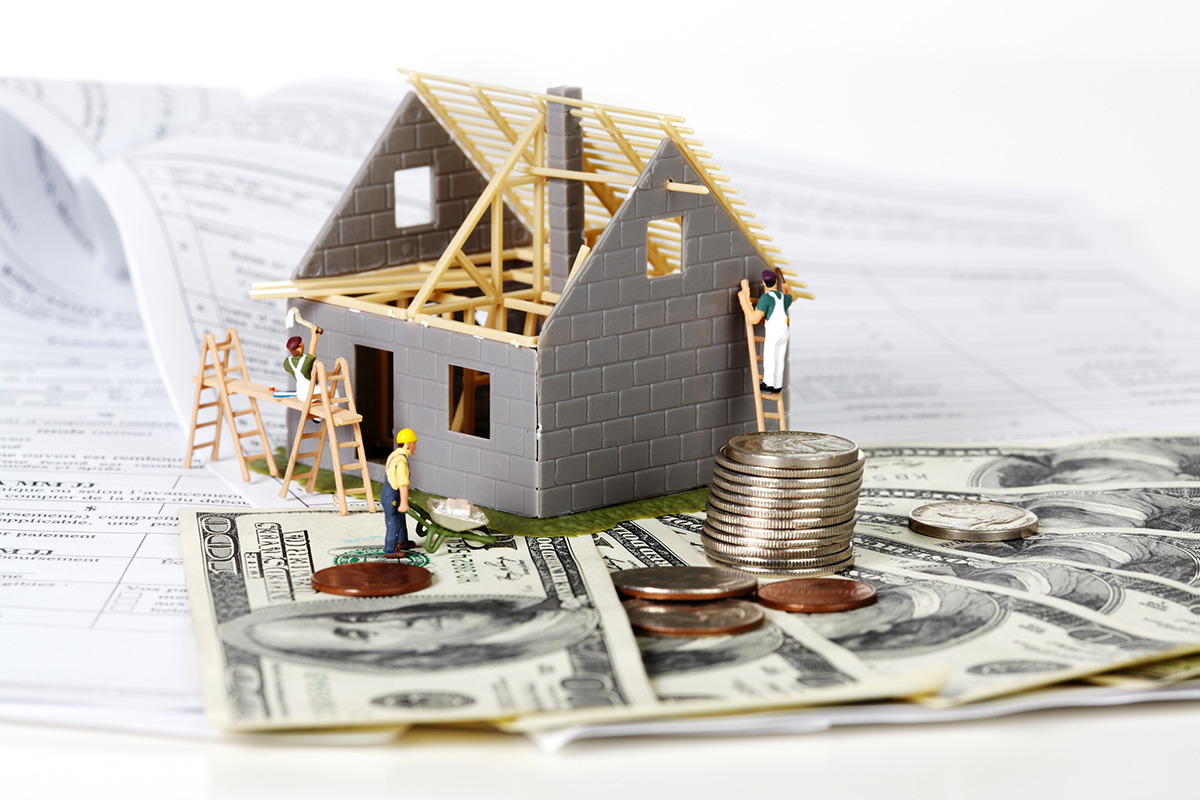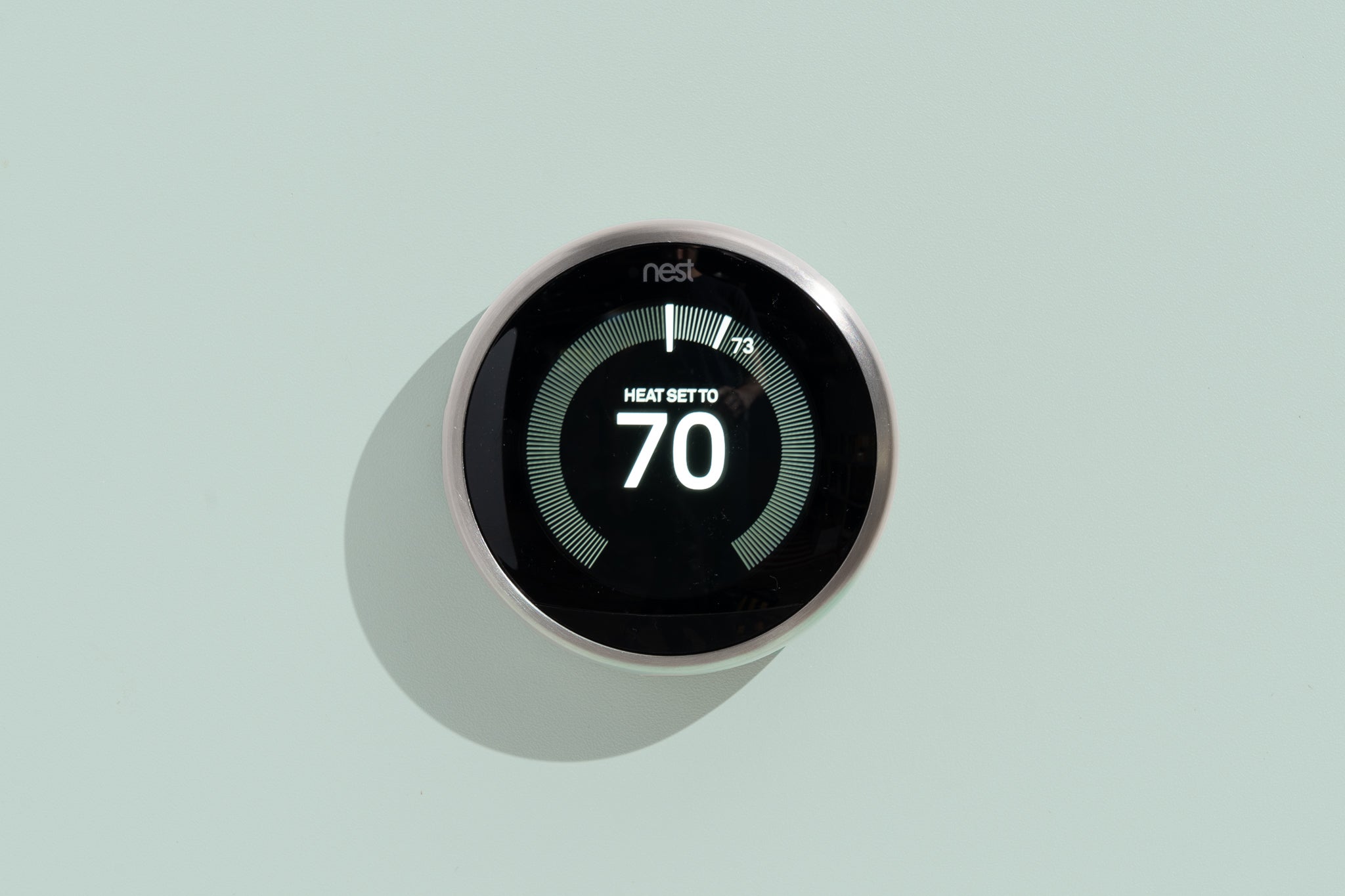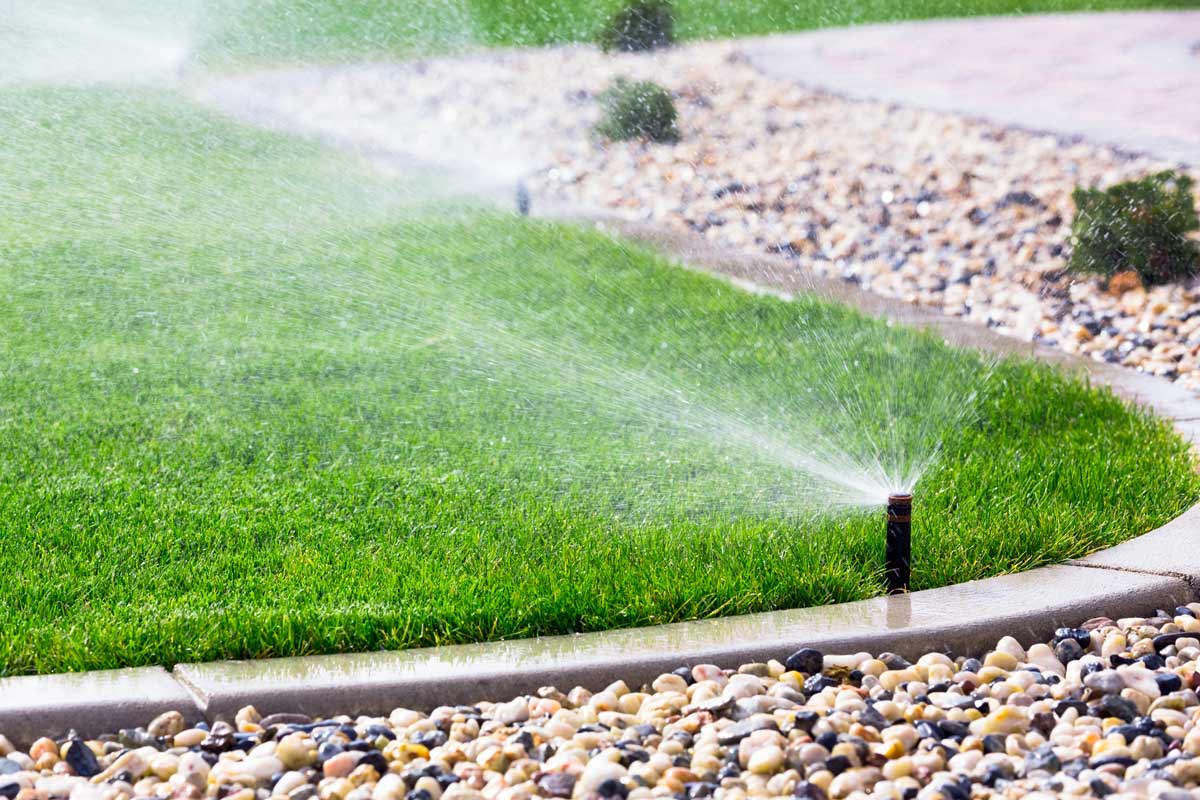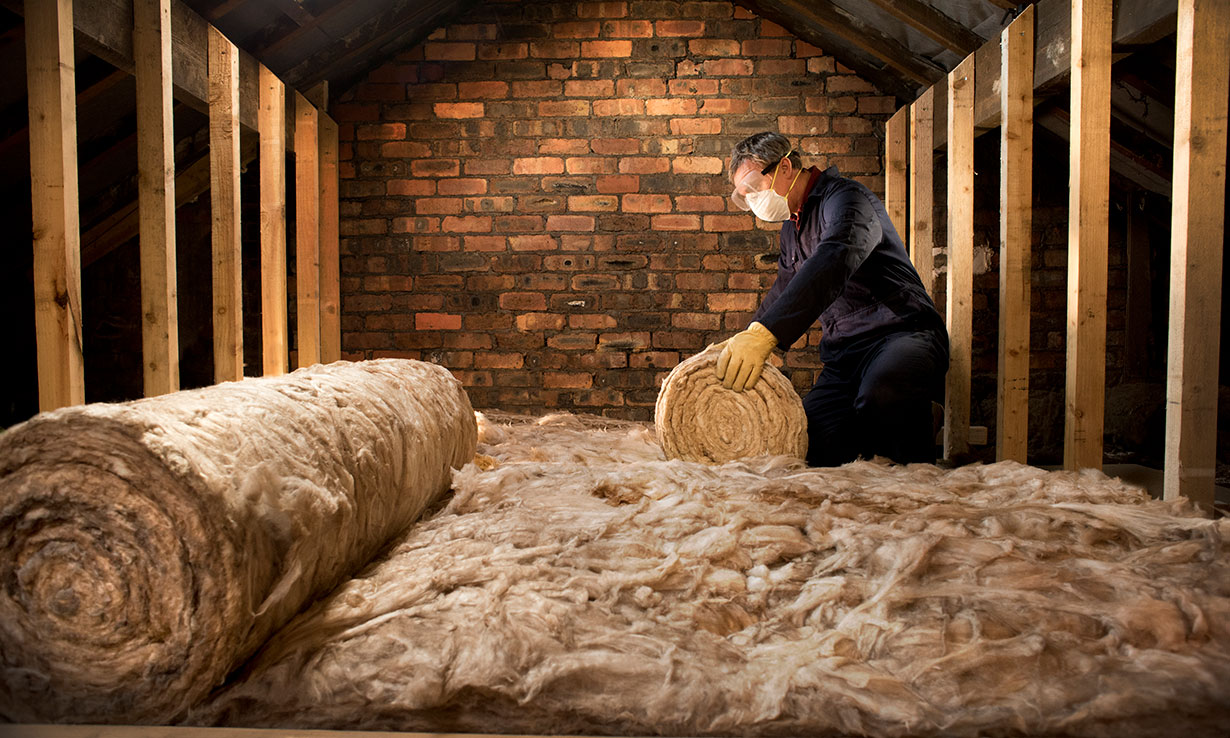Home>Ideas and Tips>Energy-Efficient Home Improvements That Save You Money


Ideas and Tips
Energy-Efficient Home Improvements That Save You Money
Modified: October 31, 2024
Discover energy-efficient home improvements that reduce utility bills, enhance comfort, and boost home value. Save money and the environment today!
(Many of the links in this article redirect to a specific reviewed product. Your purchase of these products through affiliate links helps to generate commission for Storables.com, at no extra cost. Learn more)
Making your home more energy-efficient is a smart move. It saves you money and helps the environment. But how do you get started? Let's dive into some energy-efficient home improvements that can make a big difference.
Seal and Insulate
Sealing and insulating your home is one of the most effective ways to improve energy efficiency. This simple yet powerful technique can significantly reduce heat loss and gain, cutting down on heating and cooling costs. According to the U.S. Energy Information Administration, more than half of home energy use goes towards space heating and cooling.
How It Works
Air sealing involves identifying and sealing all the gaps and cracks in your home's envelope, including windows, doors, and any other openings. This can be done using caulk, weatherstripping, or spray foam. Insulation, on the other hand, involves adding materials like fiberglass, cellulose, or spray foam to your walls, attic, and floors to prevent heat from escaping.
Benefits
- Energy Savings: By reducing heat loss and gain, you can save up to 10% on your annual energy bills.
- Comfort: A well-insulated home stays warmer in winter and cooler in summer, making it more comfortable to live in.
- Indoor Air Quality: Proper insulation helps reduce moisture and allergens, improving indoor air quality.
DIY vs. Professional
While some air sealing and insulation tasks can be done DIY, it's often recommended to hire a professional for more complex jobs. For instance, if you're dealing with large areas like attics or crawlspaces, hiring a contractor can ensure the job is done correctly and safely.
Incentives
New Yorkers can benefit from various incentives for air sealing and insulation. The Comfort Home program offers at least $1,000 in incentives for installing air sealing, insulation, and window upgrade packages. Additionally, both renters and homeowners may qualify for low- or no-cost efficiency upgrades through the EmPower+ program following an energy assessment.
Tax Credits
Air sealing and insulation projects are also eligible for an Inflation Reduction Act (IRA) tax credit. Homeowners can claim a tax credit of up to 30% of the project cost, capped at $1,200 per year.
Upgrade Doors and Windows
Upgrading your doors and windows is another crucial step in making your home more energy-efficient. These components are often the largest contributors to heat gain and loss in a home.
How It Works
Replacing old, drafty windows with ENERGY STAR certified windows can lower household energy bills by an average of 12%. Similarly, upgrading doors to energy-efficient models can also help reduce energy consumption.
Benefits
- Energy Savings: New windows and doors can significantly reduce heat gain and loss, leading to lower energy bills.
- Curb Appeal: Energy-efficient windows and doors enhance your home's curb appeal, making it more attractive to potential buyers if you decide to sell.
- Comfort: Properly sealed and insulated doors and windows ensure that your home stays comfortable year-round.
DIY vs. Professional
While some minor repairs like caulking or weatherstripping can be done DIY, replacing windows or doors typically requires professional installation. This ensures that the job is done correctly and meets local building codes.
Incentives
Families who make energy-efficiency improvements can receive tax credits worth up to $500 for exterior doors and $600 for windows during tax season. Additionally, many utility providers offer rebates for recycling old appliances and incentives for energy efficiency upgrades like air sealing and insulation.
Let in the Light
Natural light is not only aesthetically pleasing but also helps reduce the need for artificial lighting, which can consume a significant amount of energy.
How It Works
Installing skylights or larger windows allows natural light to enter your home, reducing the need for electric lighting during the day. This simple upgrade can significantly lower your energy consumption.
Benefits
- Energy Savings: By reducing the need for artificial lighting, you can save on your electricity bills.
- Comfort: Natural light improves indoor air quality and makes your home feel more welcoming.
DIY vs. Professional
Installing skylights or larger windows typically requires professional assistance to ensure proper installation and safety.
Incentives
While there are no specific incentives for installing skylights or larger windows, combining this upgrade with other energy-efficient improvements can qualify you for broader tax credits and rebates.
Up Your Water Heating Efficiency
Water heaters are one of the highest energy-consuming appliances in your home, making them a prime target for energy-efficient upgrades.
How It Works
Upgrading to an electric heat pump water heater (HPWH) is a highly effective way to reduce energy consumption. HPWHs use electricity to heat water, which is more efficient than traditional gas or oil heaters.
Benefits
- Energy Savings: A family of four can save up to $350 per year on utility costs by installing an HPWH.
- Longevity: HPWHs are designed to last longer than traditional water heaters, reducing replacement costs.
DIY vs. Professional
While some basic maintenance tasks like checking the temperature setting can be done DIY, installing a new water heater typically requires professional assistance.
Incentives
Installing an HPWH qualifies for tax credits under the Inflation Reduction Act, with homeowners potentially saving up to $2,000.
Cook Smarter
Cooking is another significant contributor to household energy consumption, especially if you use traditional gas or electric stoves.
How It Works
Upgrading to energy-efficient appliances like induction cooktops or electric ovens can significantly reduce cooking-related energy consumption.
Benefits
- Energy Savings: Induction cooktops are particularly efficient as they only heat the pot or pan directly, reducing heat loss.
- Health Benefits: Induction cooking is healthier as it doesn’t produce fumes or smoke.
DIY vs. Professional
While some minor adjustments like cleaning the stove can be done DIY, installing new appliances typically requires professional assistance.
Incentives
Many utility providers offer rebates for recycling old appliances and incentives for purchasing energy-efficient models.
Smart Thermostats
Smart thermostats are designed to optimize your heating and cooling usage based on your schedule and preferences, ensuring that your home is always at the perfect temperature.
How It Works
Smart thermostats learn your temperature preferences over time and adjust accordingly. They can also be controlled remotely through mobile apps, allowing you to adjust settings even when you're not at home.
Benefits
- Energy Savings: Smart thermostats can save you up to $150 annually by optimizing heating and cooling usage.
- Comfort: They ensure that your home stays comfortable while minimizing energy waste.
DIY vs. Professional
Smart thermostats are relatively easy to install and can often be done DIY with minimal technical expertise.
Incentives
While there are no specific incentives for smart thermostats, combining this upgrade with other energy-efficient improvements can qualify you for broader tax credits and rebates.
Solar Panels
Solar panels are a significant investment in energy efficiency but offer substantial long-term savings by reducing or eliminating your electricity bills.
How It Works
Solar panels convert sunlight into electricity, which is then used to power your home. Excess energy is often fed back into the grid, earning you credits that can offset future energy costs.
Benefits
- Energy Savings: Solar panels can save you thousands of dollars annually on electricity bills.
- Environmental Impact: They contribute to reducing carbon emissions and promoting renewable energy.
DIY vs. Professional
Installing solar panels typically requires professional assistance due to the complexity of the installation process and local building codes.
Incentives
Homeowners who have installed solar panels since January 1, 2017, or plan to do so in the next decade, can save up to 30% of the cost of installation via a tax credit.
Energy-Efficient Appliances
Replacing old appliances with energy-efficient models is another crucial step in making your home more sustainable.
How It Works
Look for appliances with the ENERGY STAR label, which indicates that they meet U.S. Environmental Protection Agency’s energy-savings standards. These appliances consume less energy while performing the same tasks as their less efficient counterparts.
Benefits
- Energy Savings: Energy-efficient appliances can save you up to $100 annually on utility bills.
- Longevity: They are designed to last longer than traditional appliances, reducing replacement costs.
DIY vs. Professional
While some minor adjustments like cleaning the appliances can be done DIY, installing new appliances typically requires professional assistance.
Incentives
Many utility providers offer rebates for recycling old appliances and incentives for purchasing energy-efficient models.
Conclusion
Making your home more energy-efficient is not only beneficial for the environment but also for your wallet. By implementing these simple yet effective upgrades, you can significantly reduce your utility bills while enhancing the comfort and value of your home. Whether it's sealing and insulating, upgrading doors and windows, or investing in solar panels, every step counts towards creating a sustainable future.
Remember to take advantage of available incentives such as tax credits and rebates offered by utility providers and government programs like the Inflation Reduction Act. With careful planning and professional assistance when needed, you can transform your home into an energy-efficient haven that not only saves you money but also contributes to a cleaner environment.
Additional Resources
- Home Energy Assessments: A no-cost energy assessment can help you understand where your home is wasting energy and identify energy-saving improvements.
- Energy Star Home Upgrade: The ENERGY STAR Home Upgrade program offers six high-impact energy efficiency improvements designed to work together to deliver significant energy and cost savings.
- Inflation Reduction Act Tax Credits: Homeowners can claim tax credits of up to 30% for various energy-efficient upgrades including solar panels, heat pumps, and new insulation.
By following these guidelines and leveraging available resources, you can embark on a journey towards creating an energy-efficient home that not only saves you money but also contributes to a more sustainable future.
Was this page helpful?
At Storables.com, we guarantee accurate and reliable information. Our content, validated by Expert Board Contributors, is crafted following stringent Editorial Policies. We're committed to providing you with well-researched, expert-backed insights for all your informational needs.






0 thoughts on “Energy-Efficient Home Improvements That Save You Money”